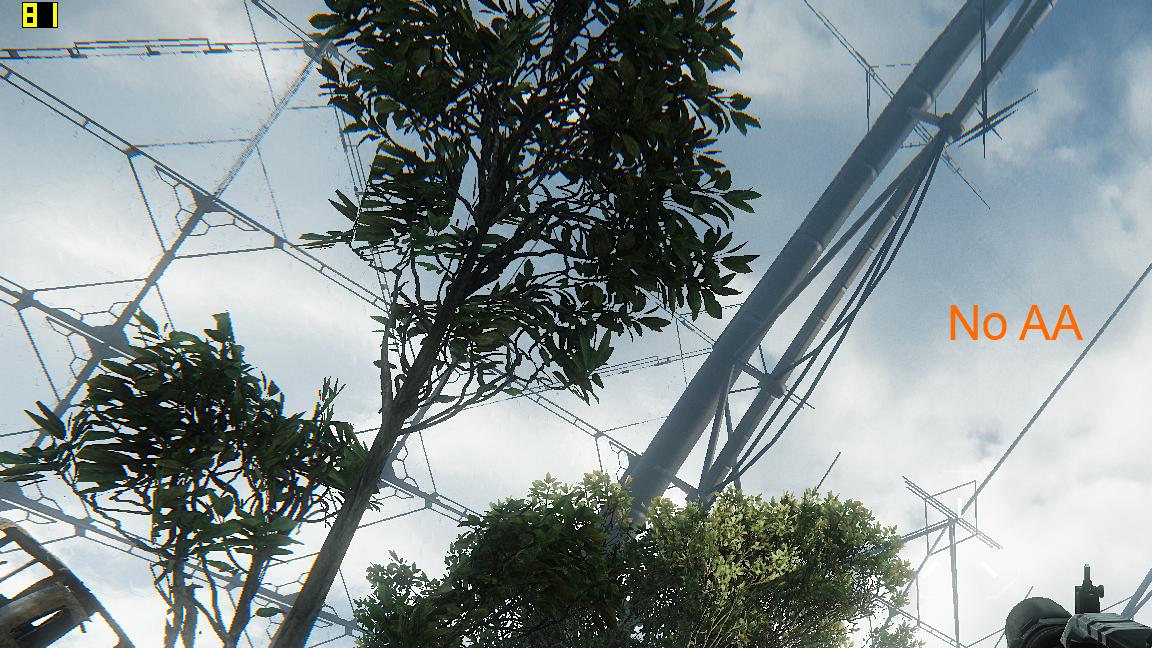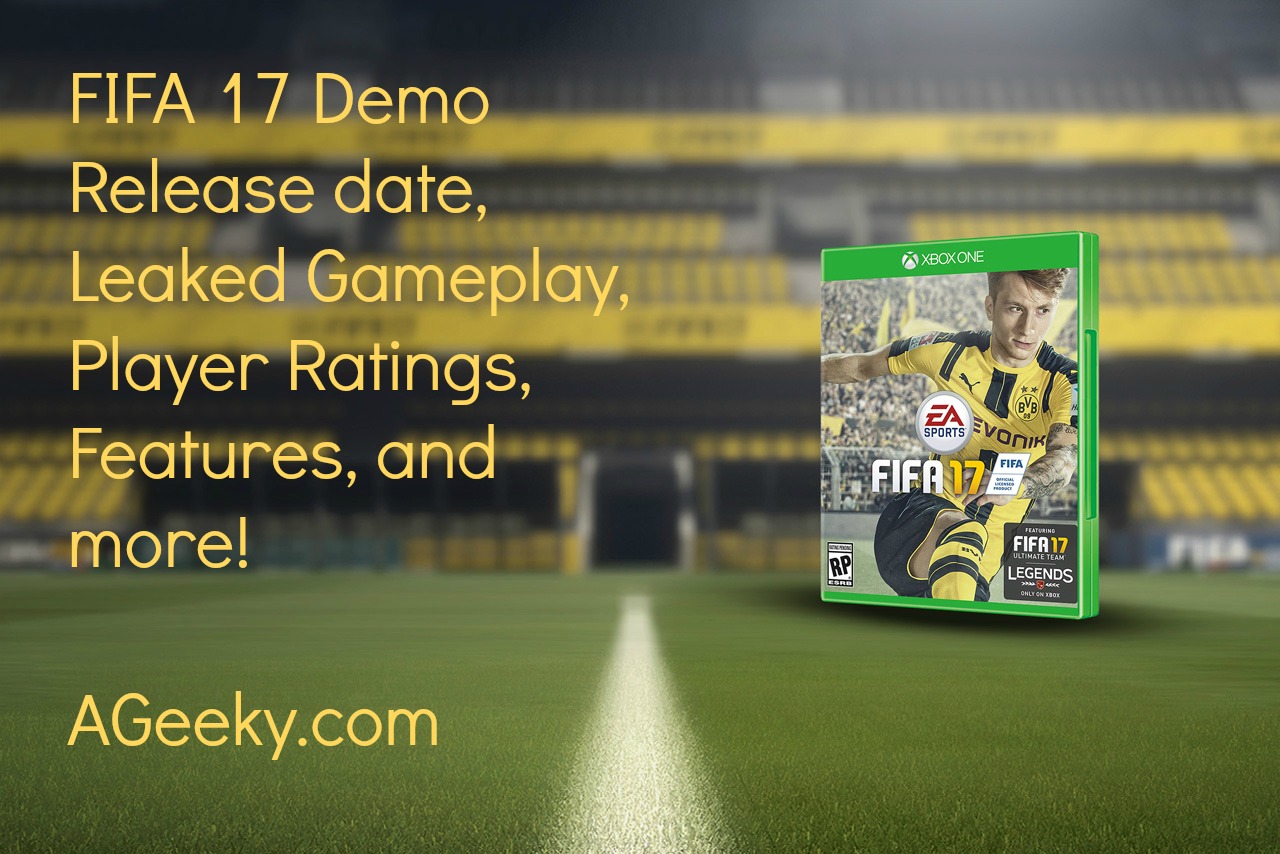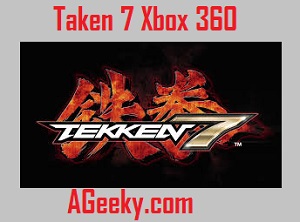Anti-aliasing is a technique that corrects uneven corners present on geometry in video games. Anti-aliasing ( AA ) is actually a trendy topic in PC gaming throughout the last decade roughly, as game enthusiasts seek to get their video games looking crisper and more lucid. Any kind of image, whether it is in a physical mag or on a display, comprises of miniature dots spelled out in a grid structured layout. Go out and come back with magnifying glass on just about any photo and needless to say if you zoom in significantly dots/pixels cropped up. This is actually the essence of screen resolution, a monitor outputting at 1920 x 1080 resolution will have a grid measuring 1920 pixels up and 1080 pixels wide, for a total output of 2.73 million pixels. The bigger the monitor the increased the resolution is essential to sustain the top notch quality of a particular picture, and yes not every one likes to see the image from a very big distance.
If you decide to lower the resolution on a big pane monitor the dots producing the picture would need to be stretched across the display to coat the complete region, delivering a more pixellated and jagged image. Drawing a straight diagonal line across a poor resolution image it is possible to visibly observe the individual pixels; this is the phenomenon of aliasing. As you may raise the resolution you add to the amount of dots required to display the line, the diagonal line will appear more lucid, crisper, sharper and more distinct.
Obviously, it’s not just up to raising the image resolution to wipe out any kind of aliasing; the higher the image resolution the more the amount of pixels essential to be pumped out by the GPU, reducing overall performance since it generates the potentially millions of pixels per frame and well, not every one possess a big wallet to buy high end GPUs. Along with this, the higher the resolution, the smaller sized an item appears.
Different Types of Anti-Aliasing:

No Anti-Aliasing
FSAA/ SSAA:
FSAA (Full Screen AntiAliasing) / SSAA (Super Sampling AntiAliasing) is the AA setting that requires the most raw power from a GPU and is sometimes exclusive to ultra high end rigs , because of being an extremely hardware-intensive Anti alias. FSAA utilizes an elevated volume of samples and each pixel’s color is displayed through the use of the values of the samples inside it. This leads to crisper textures with absolutely no visible blur.
MLAA:
Morphological AA engineered by Advanced Micro Devices aka AMD which have been made to be a faster substitute for demanding 4X MSAA. They identify the contrasts in a frame after which blur along the gradient, substantially minimizing visible jaggies, as well as alpha textures. Sadly it doesn’t stop there, blurring almost each and everything to some degree in a frame, yet because of its high-performance they are usually the go-to AA in PS4 and XBOX variants of video games.
FXAA:
Fast approximate AA or FXAA the very popular shader algorithm, FXAA is an Nvidia technology in rivalry of AMD’s MLAA that works in a very simple way just like MLAA. The algorithm look ups for all those edges in the picture that are jagged, then blurs them to smooth the edges. It also works on alpha textures just like all others, as MSAA costs you lot of GPU raw power, FXAA has literally zero impact on Frames per second (FPS). Sadly, because of using blur filters the texture detail are not crisp when using FXAA. It is good option for those who doesn’t mind loosing a minute chunk of image quality.
MSAA:
MSAA stands for Multi Sampling Anti-Aliasing this approach in AA tech is fully optimized to amplify the performance by only super sampling the depth and outline values tied to geometry. So, uneven edges are super sampled, but absolutely nothing else is, which detracts from the softened detail that FSAA confers. MSAA is unable to anti-alias alpha textures independently, therefore it ought to be used with a type of transparency multi sampling if one wishes to anti-alias transparent textures.

4 x Multi Sample Anti Aliasing
TXAA:
TXAA or Temporal Anti Aliasing blends MSAA with a temporal filter. As a consequence of you could attain quality above 8x MSAA with the overall performance impact of 4x MSAA. Moreover it does notblur the image just like FXAA does, yet you can observe very little blurring. It is yet another Nvidia propriety technique just like PhysX, and carries the most significant overall performance hit of all the shader. Surprisingly, temporal anti-aliasing was initially employed by AMD with the launch of the X800 graphics card, later was disposed of as it grew to become troublesome with newer game titles.

4 TXAA
Some other forms of Anti-Aliasing:
Beside the aforementioned anti alias types here are a few more.
- Subpixel Morphological AA or SMAA.
- Adaptive multi sample anti-aliasing or AMSAA.
- Custom filter anti-aliasing or CFAA
- EQAA or Enhanced Quality Anti Aliasing.
- CSAA or Coverage Sampled AA.
Performance impact of various types of AA on Frames per second (FPS):
Here are a few benchmarks showing the effect of utilization of various types of AA on FPS in game.

Conclusion:
Anti Aliasing is a technique used in almost all video games and it is improving day by day to provide crisper image form while requiring less horse power from graphics processing unit. If you want to know anything related to the topic drop down a comment below.







